Related Research Articles

Helen Beatrix Potter was an English writer, illustrator, natural scientist, and conservationist. She is best known for her children's books featuring animals, such as The Tale of Peter Rabbit, which was her first commercially published work in 1902. Her books, including 23 Tales, have sold more than 250 million copies. An entrepreneur, Potter was a pioneer of character merchandising. In 1903, Peter Rabbit was the first fictional character to be made into a patented stuffed toy, making him the oldest licensed character.
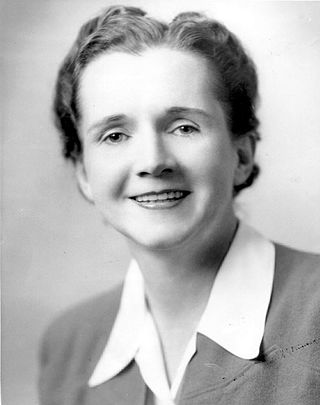
Rachel Louise Carson was an American marine biologist, writer, and conservationist whose sea trilogy (1941–1955) and book Silent Spring (1962) are credited with advancing marine conservation and the global environmental movement.
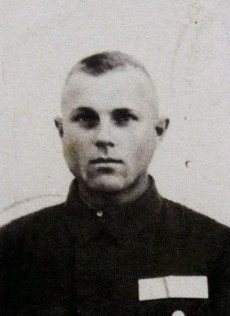
John Demjanjuk was a Ukrainian-American who served as a Trawniki man and Nazi camp guard at Sobibor extermination camp, Majdanek, and Flossenbürg. Demjanjuk became the center of global media attention in the 1980s, when he was tried and convicted in Israel after being misidentified as "Ivan the Terrible", a notoriously cruel watchman at Treblinka extermination camp. In 1993 the verdict was overturned. Shortly before his death, he was tried and convicted in the Federal Republic of Germany as an accessory to the 28,060 murders that occurred during his service at Sobibor.

Sobibor was an extermination camp built and operated by Nazi Germany as part of Operation Reinhard. It was located in the forest near the village of Żłobek Duży in the General Government region of German-occupied Poland.

Silkwood is a 1983 American biographical drama film directed by Mike Nichols, and starring Meryl Streep, Kurt Russell, and Cher. The screenplay by Nora Ephron and Alice Arlen was adapted from the book Who Killed Karen Silkwood? by Rolling Stone writer and activist Howard Kohn, which detailed the life of Karen Silkwood, a nuclear whistle-blower and a labor union activist who investigated alleged wrongdoing at the Kerr-McGee plutonium plant where she worked. In real life, her inconclusive death in a car crash gave rise to a 1979 lawsuit, Silkwood v. Kerr-McGee, led by attorney Gerry Spence. The jury rendered its verdict of $10 million in damages to be paid to the Silkwood estate, the largest amount in damages ever awarded for that kind of case at the time. The Silkwood estate eventually settled for $1.3 million.

Karen Gay Silkwood was an American chemical technician and labor union activist known for reporting concerns about corporate practices related to health and safety in a nuclear facility.

Kate Roberts was one of the foremost Welsh-language authors of the 20th century. Styled Brenhines ein llên, she is known mainly for her short stories, but also wrote novels. Roberts was a prominent Welsh nationalist.

Gustav Franz Wagner was an Austrian member of the SS with the rank of Staff sergeant (Oberscharführer). Wagner was a deputy commander of Sobibor extermination camp in German-occupied Poland, where 200,000-250,000 Jews were murdered in the camp's gas chambers during Operation Reinhard. Due to his brutality, he was known as "The Beast" and "Wolf".

Escape from Sobibor is a 1987 British television film which aired on ITV and CBS. It is the story of the mass escape from the Nazi extermination camp at Sobibor, the most successful uprising by Jewish prisoners of German extermination camps. The film was directed by Jack Gold and shot in Avala, Yugoslavia. The full 176-minute version shown in the UK on 10 May 1987 was pre-empted by a 143-minute version shown in the United States on 12 April 1987.

Thomas "Toivi" Blatt was a Holocaust survivor, writer of mémoires, and public speaker, who at the age of 16 escaped from the Sobibór extermination camp during the uprising staged by the Jewish prisoners in October 1943. The escape was attempted by about 300 inmates, many of whom were recaptured and killed by the German search squads. Following World War II Blatt lived in Communist Poland until the Polish October. In 1957, he emigrated to Israel, and in 1958 settled in the United States.
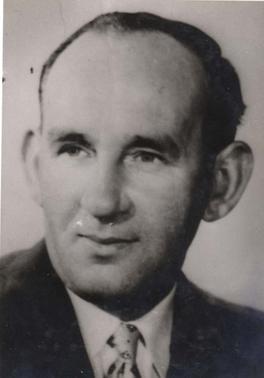
Karl August Wilhelm Frenzel was an SS noncommissioned officer in Sobibor extermination camp.
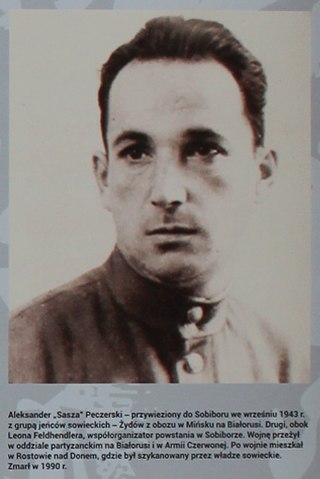
Alexander "Sasha" Aronovich Pechersky, also known as Oleksandr Aronovych Pecherskyi, was a Jewish-Soviet officer. He is one of the organizers, and the leader, of the most successful uprising and mass-escape of Jews from a Nazi extermination camp during World War II, which occurred at the Sobibor extermination camp on 14 October 1943.
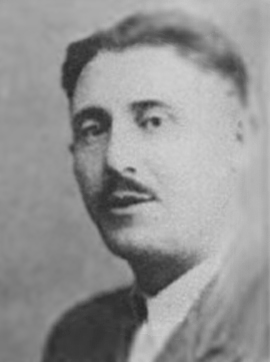
Leon Felhendler was a Polish resistance fighter known for his role in organizing the 1943 prisoner uprising at Sobibor extermination camp together with Alexander Pechersky.

Erich Bauer, sometimes referred to as "Gasmeister", was a low-level commander in the Schutzstaffel (SS) of Nazi Germany and a Holocaust perpetrator. He participated in Action T4 program and later in Operation Reinhard, when he was a gas chamber operator at Sobibór extermination camp. In 1950 he was sentenced to death, later commuted to life imprisonment.

Selma Engel-Wijnberg was one of only two Dutch Jewish Holocaust survivors of the Sobibor extermination camp. She escaped during the 1943 uprising, hid in Poland, and survived the war. Engel-Wijnberg immigrated to the United States from Israel with her family in 1957, settling in Branford, Connecticut. She returned to Europe again only to testify against the war criminals of Sobibor. In 2010 she was in the Netherlands to receive the governmental honour of Knight in the Order of Oranje-Nassau.

Rudolf Beckmann was a German SS-Oberscharführer in the Sobibor extermination camp. He was stabbed to death during the uprising in Sobibor by inmates. Beckmann was a member of the Nazi Party and the Schutzstaffel. Nothing is known about his early life.

Philip "Flip" Slier was a Dutch typesetter of Jewish origin who lived in Amsterdam during the German occupation of the Netherlands in World War II. At the age of 18, he received a letter from the Jewish Council of Amsterdam—under orders from the German occupiers—that he was to report to Camp Molengoot or face arrest. He wrote 86 letters from 25 April to 14 September 1942 detailing his experiences as a forced labourer at the labour camp. Eventually he escaped to Amsterdam and lived as an onderduiker ; he frequently disguised himself and moved to different hiding locations to evade detection.

Stanisław "Szlomo" Szmajzner was one of 58 known survivors of the Sobibór extermination camp in German-occupied Poland and participated in the 1943 camp-wide revolt and escape from Sobibór. He was born in Puławy, Poland and died in Goiânia, Brazil.
Hela Felenbaum-Weiss was one of the few survivors of the Sobibor extermination camp and a decorated partisan fighter in the Soviet Red Army.
References
- ↑ Brown, Jean E.; Rubin, Janet E.; Stephens, Elaine C. (1996). Images from the Holocaust: a literature anthology. NTC Publishing Group. p. 109. ISBN 978-0-8442-5920-8.
- ↑ "Escape from Sobibor". University of Illinois Press . University of Illinois. Archived from the original on July 1, 2012. Retrieved October 16, 2012.
- 1 2 "Donald Rashke: Obituary". Legacy.com . Houston Chronicle. October 1, 2012. Archived from the original on September 3, 2017. Retrieved September 3, 2017.
- ↑ Traub, James (June 14, 1981). "Nonfiction in Brief (Published 1981)". The New York Times– via NYTimes.com.
- ↑ Rashke, Richard. "IN MEMORIAM: Esther Terner Raab". Facebook. Archived from the original on September 3, 2017. Retrieved September 3, 2017.
- ↑ Rashke, Richard (2000). Dear Esther (1st ed.). Dear Esther Productions. ISBN 978-0-9678679-0-8.
Dear Esther is a play which premiered at the U.S. Holocaust Memorial Museum in Washington, D.C., in January 1998. It is based on the life of Esther Raab, a character in Richard Rashke's book, Escape From Sobibor.